1. Introduction
The trend for SUVs began around 2010 and since then they keep taking over more and more of the car market share. In 2021 over 35 million SUVs were sold, which means this segment took over more than 45% of the global car market. In this article, we will take a deeper look at this potent car category and its future.
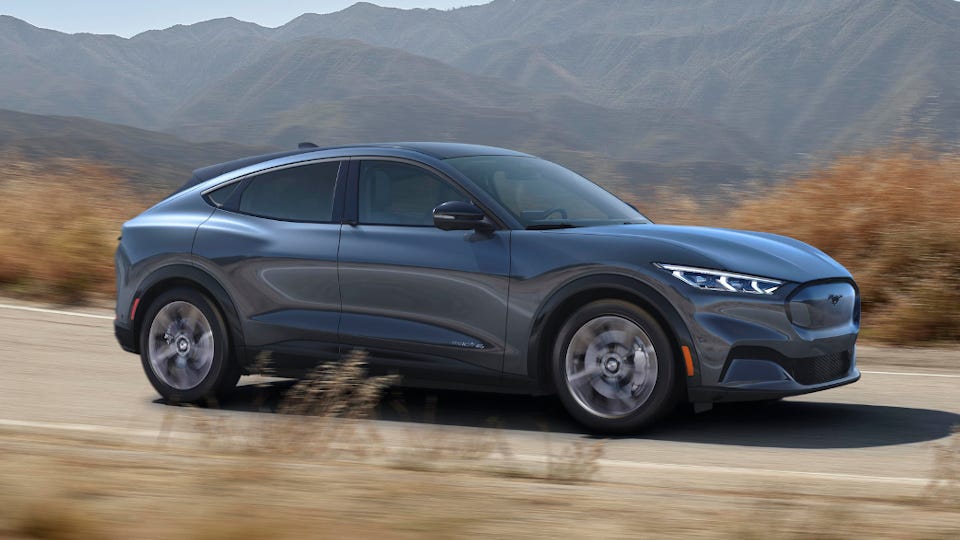
2. What’s an SUV:
Although there is no commonly agreed definition of SUV, cars of this segment have some common features. The abbreviation SUV derives from Sports Utility Vehicle and this car category is recognized as a road-going passenger car with all-wheel drive and raised ground clearance. Cars of this segment can be categorized based on size: Mini, Compact, Mid-size, Full-size or Extended-length SUV. Another subcategory of SUVs worth mentioning is Crossover SUV. They stand oud by unibody construction (usually the platform is shared with passengers cars) rather than body-on-frame construction.
3. Change in the market
In 2019 the crisis caused by the Covid-19 pandemic brought an economic slowdown and losses in almost all markets, including the automotive industry. In 2019, around 75 million cars were sold and SUVs accounted for almost 40% of them. The crisis cut car sales globally to the level of about 64 million units in 2020. Although the automotive industry as a whole lost almost 15% of sales y/y, the pandemic only slow down the sales growth of SUVs and over 30 million of them were sold in 2020. Additionally, they came back ever stronger in 2021 accounting for over 45% of the auto market and SUV sales are predicted to grow in the following years. To realize the scale of the SUV phenomenon, it’s worth noticing that by 2022 the global fleet of SUVs grows to approximately 320 million vehicles, in comparison to 50 million in 2010.
Best-selling SUV models worldwide in 2021 (in 1000 units):
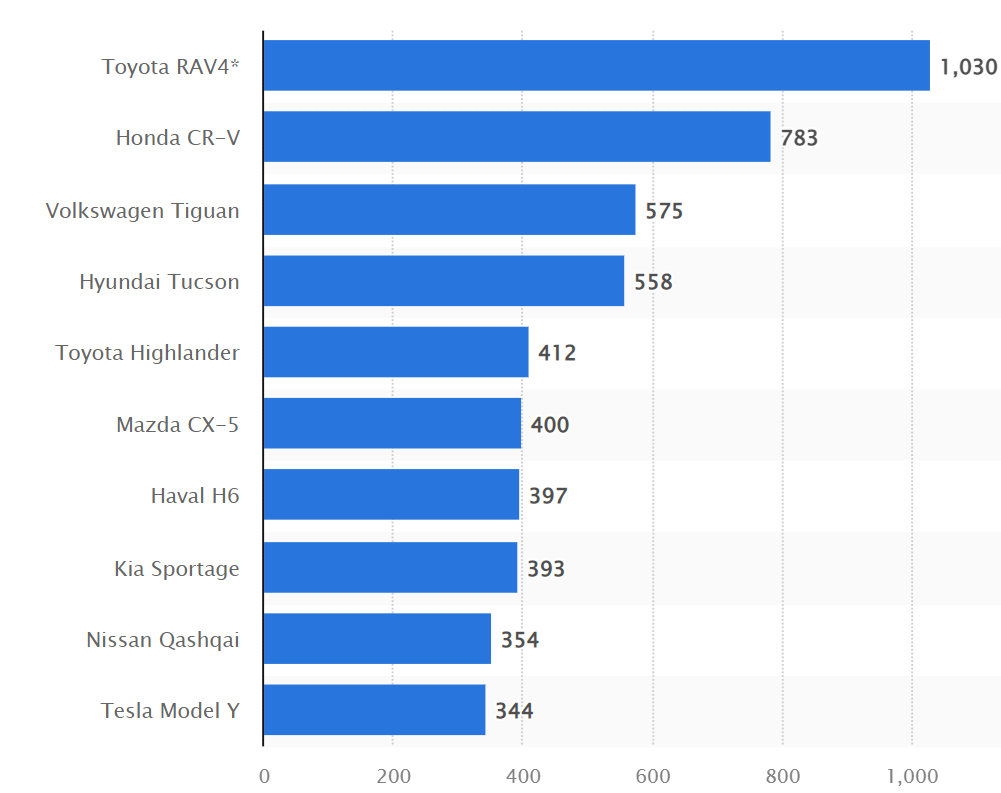
Luxury SUVs
The SUV trend rocked even the relatively stable market of luxury cars. From one of the first luxury SUVs, the Porsche Cayenne introduced in 2003, through presented in the 2010 Maserati Levante to the latest Lamborghini Urus from 2018, the SUVs broke into the range of models of luxury manufacturers. Today even the most expensive brands like Rolls-Royce and Bentley offer SUV models. The change turned out to be very beneficial as SUVs not only filled the gap in luxury brands’ offer but in some cases they multiplied the amount of sold units, far exceeding sales of the classic models. The two best-selling Porsche models are currently SUVs, Macan and Cayenne, and one can see the scale of the phenomenon by comparing the number of 88,362 Macan’s sold in 2021 with sales of the iconic 911 sales at a level of 38,464. The same goes for the Lamborghini as sales of the Urus SUV in 2021 were higher by almost 50% than sales of the two other Lamborghini models combined.
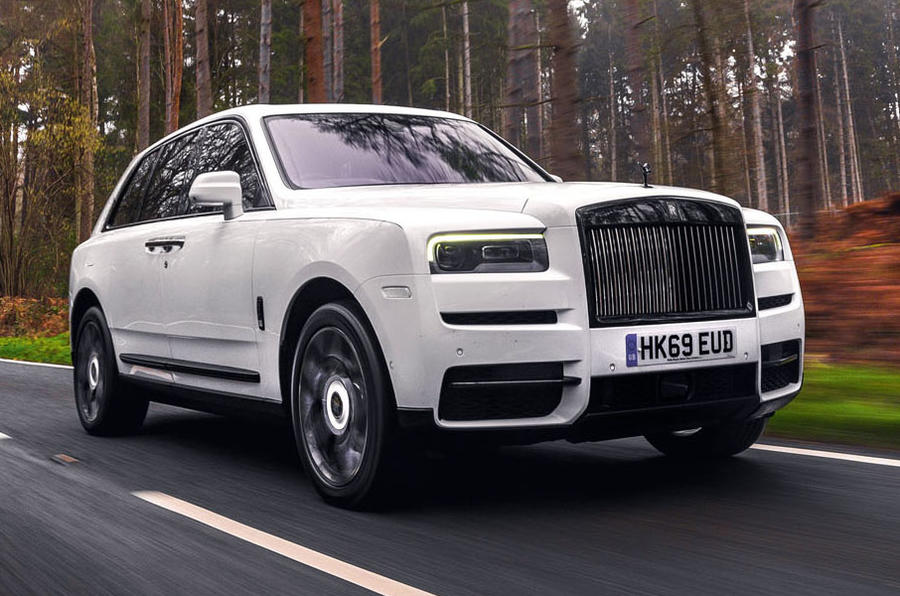
4. Perks of SUVs
What makes SUVs so popular? Well, this category of cars is usually associated with comfort that comes from bigger seating and cargo capacity. Higher sitting position makes them easier to get in and out but also offers a better view on the road. As part of SUV’s character is a utility they stand out by all-wheel drive, raised ground clearance and drivetrain options, entailing some off-roading capabilities and better handling in difficult conditions e.g. during winter. These features explain why most people perceive SUVs as safer vehicles than regular cars. Research also indicates that SUVs are in fact safer in case of a crash. According to Michelin “SUV driver or passenger is at least 50 per cent more likely to survive a car crash without suffering serious injuries than an individual riding in a saloon.” SUVs’ popularity might derive also from introducing a new wide range of different SUVs variations in recent years. The segment has lately been expanded to new sizes, from mini SUVs to extend-length off-road limousines. Additionally, new ways of the drive have been implemented in this category e.g. electric SUVs and a new generation of more economical internal combustion engines.
5. Everything has its pros and cons.
What are the drawbacks? To begin with, SUVs are perceived as safer in comparison to regular cars but in some cases, it can be the other way around. Of course, during the crash SUVs’ passengers are safer due to the size of the vehicle, however, the construction is also associated with a higher center of gravity, therefore there are much more likely to roll over. This flaw depends on SUV type as they vary in size and platform they are based on. The flaw can be reduced by e.g. applying the unibody construction mentioned above. Many of typical SUVs’ problems are being addressed in new models. For example, the innovative electric Tesla model Y has a lower center of gravity due to the cleaver montage of batteries on the floor of the car. The ‘designed for safety’ model Y was also equipped with construction solutions like impact protection and rigid structure, resulting in 5-star safety ratings and the IIHS Top Safety Pick+ award.
Visibility
Another problem SUVs face is that size bringing comfort causes also less visibility around the car. It leads us to the fact that although new constructions solutions can make SUVs safer for its passenger, some of their features can make them more dangerous for other road users. Other features increasing risk include the height of the headlamps on SUVs, which can blind other roads users and longer braking distance. Again Tesla proves that SUVs ills can be resolved. Although model Y can carry up to 7 passengers, it offers improved visibility with an elevated seating position and low dash. Additionally, the driver is supported by 360°cameras and Tesla Vision system helping to prevent collisions.
Costs
SUVs are also more expensive to buy. On average it costs about $5000 more to buy an SUV than a sedan. Maintenance costs tend to be higher as well. Due to the weight and size of vehicles many consumable parts wear out faster. And costs don’t finish there, on average SUVs consume about 20% more energy than mid-sized cars, which means higher cost of fuel and combustion charges. Additionally, due to exhaust emissions and SUVs being perceived as dangerous in city centers, in 2019 protests with participation of Greenpeace took place in Berlin and Frankfurt. Some of the postulates werte banning large engine vehicles, including SUVs from city centers and lowering their sales.
6. Future of SUVs
Many governments are planning to prohibit the sales or registration of new vehicles powered by fossil fuels to force the decarbonization of the automotive industry. European Commission proposed that by 2035, CO2 emissions of new passenger cars and vans would have to be reduced by 100 %, i.e. all new vehicles would have zero emissions. The Netherlands proposes a ban on gas & diesel vehicles by 2025. In the UK, Prime Minister Boris Johnson confirmed the Government was bringing forward the ICE ban on new petrol and diesel cars from 2030. With all the low-emission zones (LEZs)/zero-emission zones (ZEZs) present in European cities for years and plans of phasing out of fossil fuel vehicles, the future clearly seems to be electric. Or hydrogen-powered, but this is a topic for a separate article. Happily, the plans go beyond the prohibition of vehicles powered by fossil fuels. The plan presuppose that legislative changes will contribute to the development of cars powered by electricity and other alternative fuels. We can also observe the dynamic development of electric vehicle infrastructure. Currently, Tesla with 30,000+ ‘Superchargers’ owns the largest global fast-charging network in the world. Hopefully, the popularization of vehicles with alternative drives will make them accessible to the general audience. Some government efforts are visible on this issue as well e.g. low-emission vehicles are eligible for a plug-in grant.
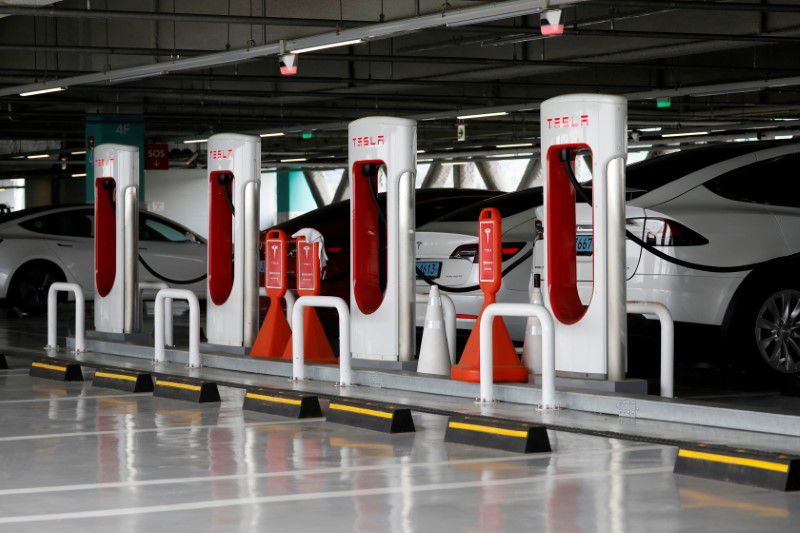
Change for better
Considering recurring crises in the fuel market in recent years looking for other solutions seems resonable. Even today we observe rise of petroleum fuels price, therefore moving toward alternative fuels might be a good idea not only because of environmental reasons. Technology is developing rapidly too. Electric cars nowadays often offer performance much better than their ICE-powered competitors. Also their millage has increased by hundreds of per cent in recent years and charging time has decreased significantly. An example to look up to is Tesla model Y which accelerates from 0 to 60 mph in 3.5 seconds, has a range of over 300 miles and can be recharged to 160 miles in 15 minutes.
7. Conclusion
SUVs are the most potent car category today. Presented features of Sport Utility Vehicles like safety, versatility and comfort explain why they got so popular. Mentioned regulations regarding phasing out of fossil fuel in near future might actually solve one of the biggest remaining problems in this car category – high fuel consumption polluting the environment and increasing the cost of use. Therefore forcing the change can turn out to be good. After all, necessity is the mother of invention, isn’t it?
Careful readers could notice that Tesla model Y, the best-selling luxury compact SUV, is also in the top 10 best-selling SUVs worldwide. Therefore even in the light of upcoming changes, SUVs can thrive into the future and the pioneer of electric SUVs, the model Y seems to be a foretaste of days to come for the automotive industry. Take a peak at the future here.

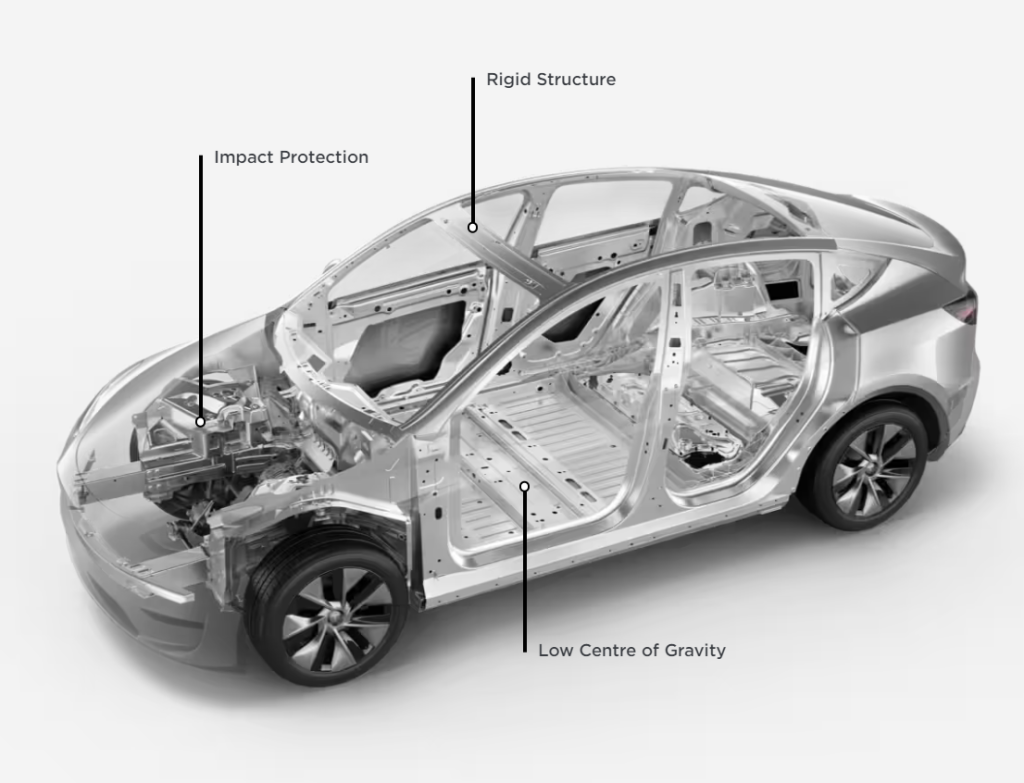
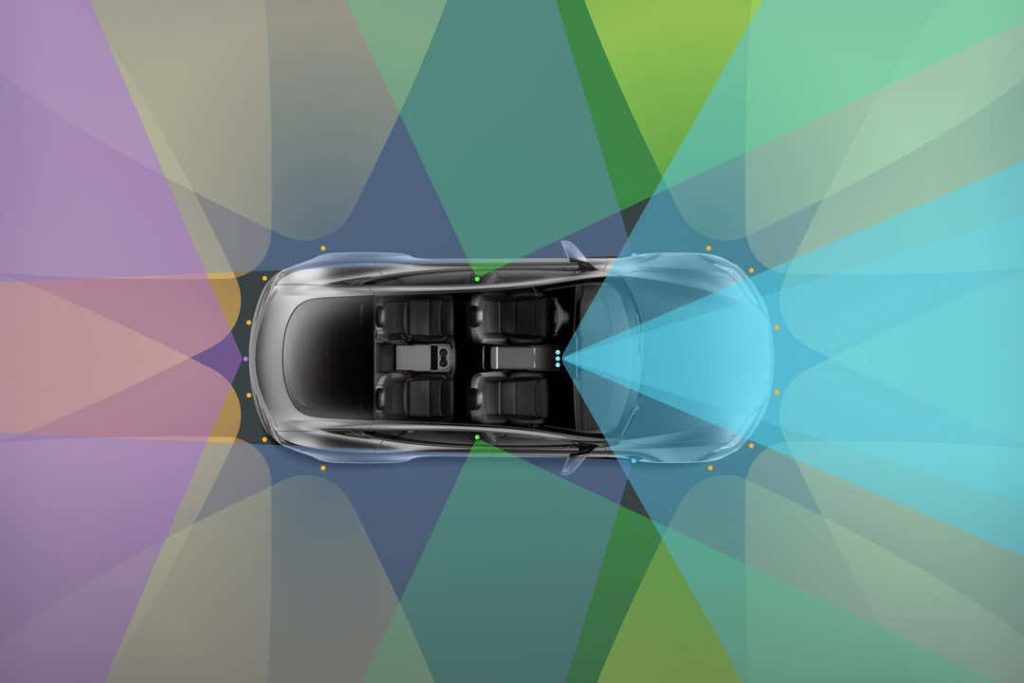
Wow. Your knowledge and passion go hand in hand really well and I hope to read more and more stuff you have written about automobiles!
Great work Hubert!
I particularly loved the future of SUV’s section.
Interesting read on SUVs! I personally enjoy the comfort of an SUV but driving in London is really stressful and am happy with my electric hatchback!
Of course, everything has it pros and cons, but looking at SUVs sales lately makes you wonder if sence of security they offer doesn’t make driving less stressful, even in big cities.
Damn Tesla looks nice but we need to buy S63 AMG before they ban it
Hahaha of course S63 is classic but I would pick Tesla and suggest a drag race 😉
Nice work. Very informative.
Was looking for electro Toyota but this model Y is 🔥
Toyota is also great manufacturer and very reliable but Tesla is a breath of fresh air.
Thank you 🙂
Insightful blog on topic that affects us all, great job!
Absolutely, new legislation will affect every driver and the issue of ecology applies to everyone without exceptions!
Very informative blog about SUV cars! Well done Hubert!
Thanks Stalo, glad you liked it 😉
My opinion on alternative driven cars was ambivalent but the performance got nice over the yers
Yes, what electric cars offer change very quickly, you should check other models of Tesla, some of them come with even better performance!
Very interesting topic and blog, Hubert! Well done!
Thank you 🙂
Thought-provoking text! I think that forcing change on electric cars is the best soultion. Good to learn that this necessary change might actually be quite an experience!
Thank you for your comment! I also belive that we should opt out from IC engines but it doesn’t have to kill fun you get from driving.
Nice one man
I’m already in love with electric SUVs
We’ll written and informative blog
Thanks 😉
Really cool bro, nice read thanks !
Glad you liked it!
I share the same passion as you Hubert for SUVs! I think e-SUVs are the future, and companies like Tesla are changing the dynamic of Automobile Industry. Overall, the blog was very good read and very interesting topic.
Thanks for your comment! Definitely Tesla had big impact on the industry and I’m sure they will keeping surprising us whit what can be achieved in the future.
I used to have Suzuki Jimny back in the 90’s, it was a lot od fun but not very practical and actually felt quite unstable. Since SUVs got so universal and much safer maybe it’s time to get one next time I will change car.
Definitely lots have changed during this 20/30 years and Tesla is bringing new quality to the table with they safety features. It’s great that nowadays you can have car that will be perfect for family trip but still will do 0-60 in 3.5 and won’t use a drop of fuel 🙂 Also amazing change from Suzuki Jimny to Tesla modely Y, wonder where I will go from Opel Corsa 😉
Oh they hurt Mustang badly ;/ Love the Ioniq 5 and Tesla though, they look very futuristic. Have you seen new BMW i4 ? I like its design too
Hahaha yeah the Mustang is something different now but they always adapted to the trends of given period, guess it’s final proof that electric SUV are sign of out time 😉 I did saw the i4 but honestly I think some of the new BMW’s borrows from Japanese car design, this one especially reminds me of Lexus IS. Intresting how table turns 🙂